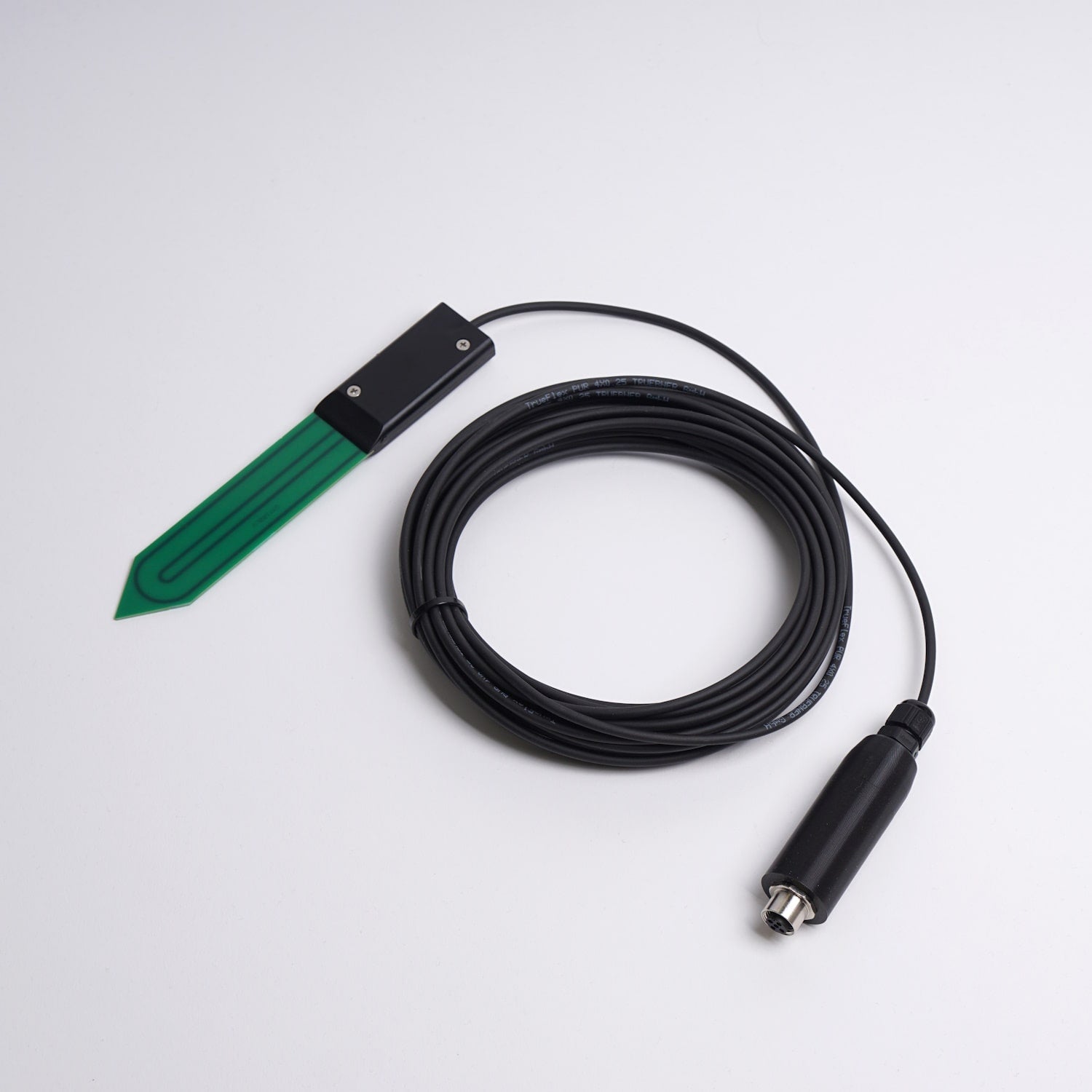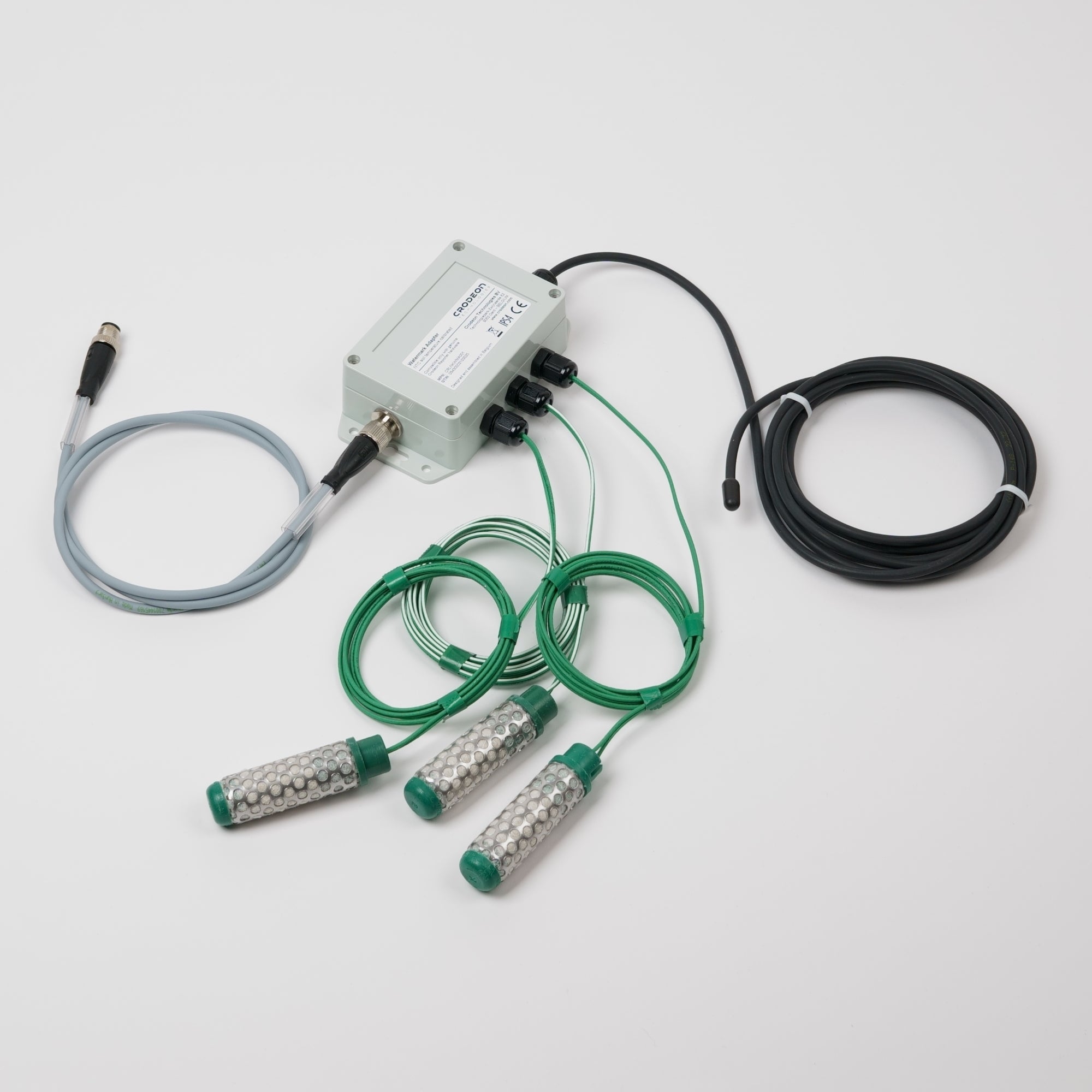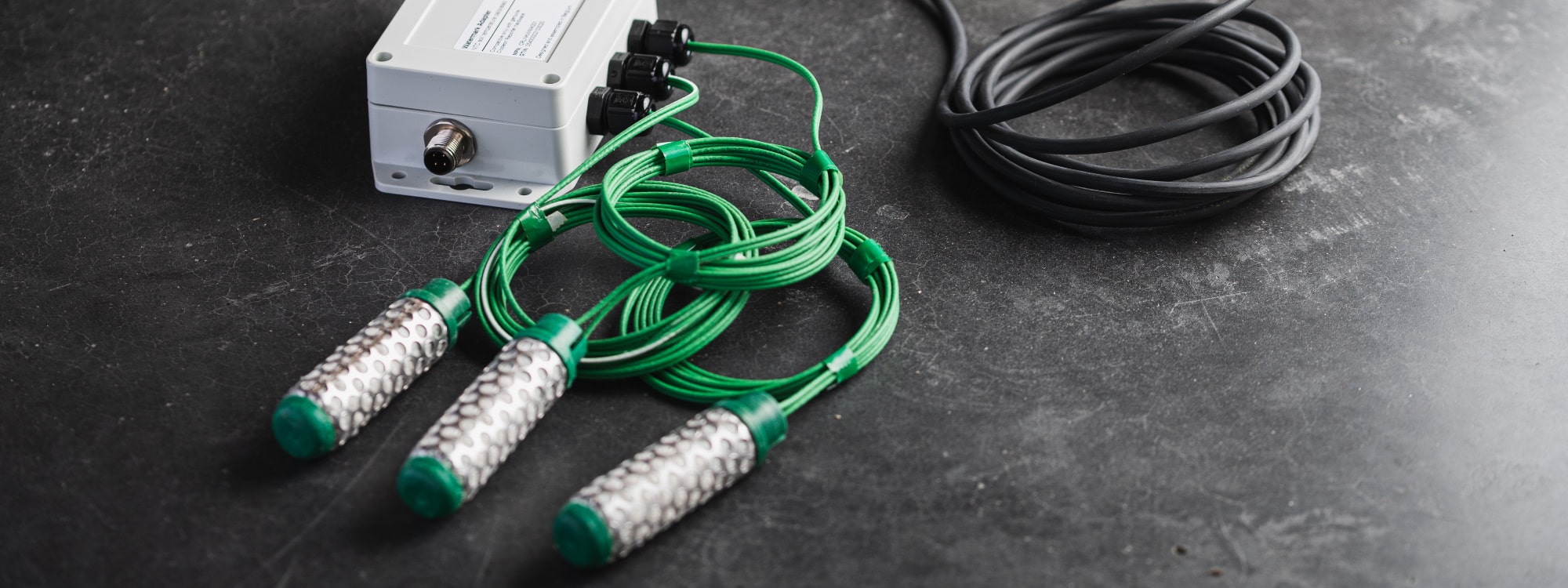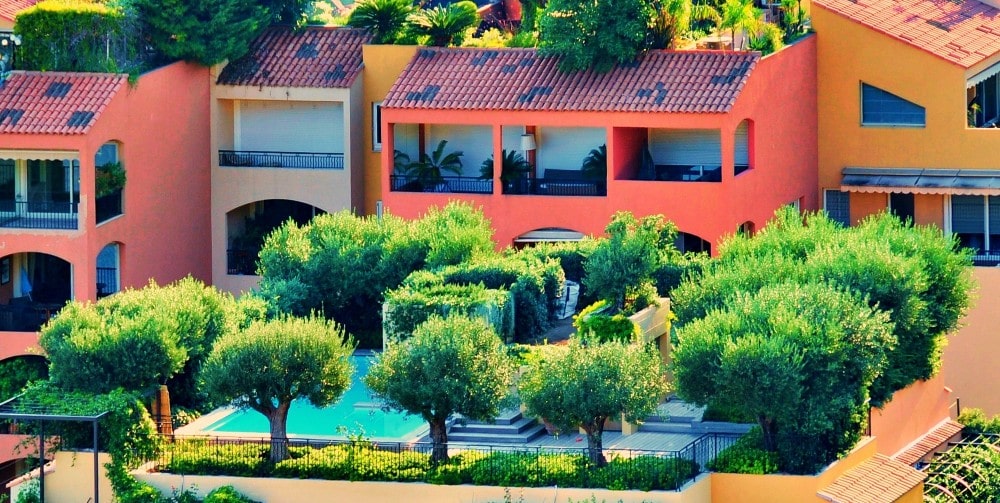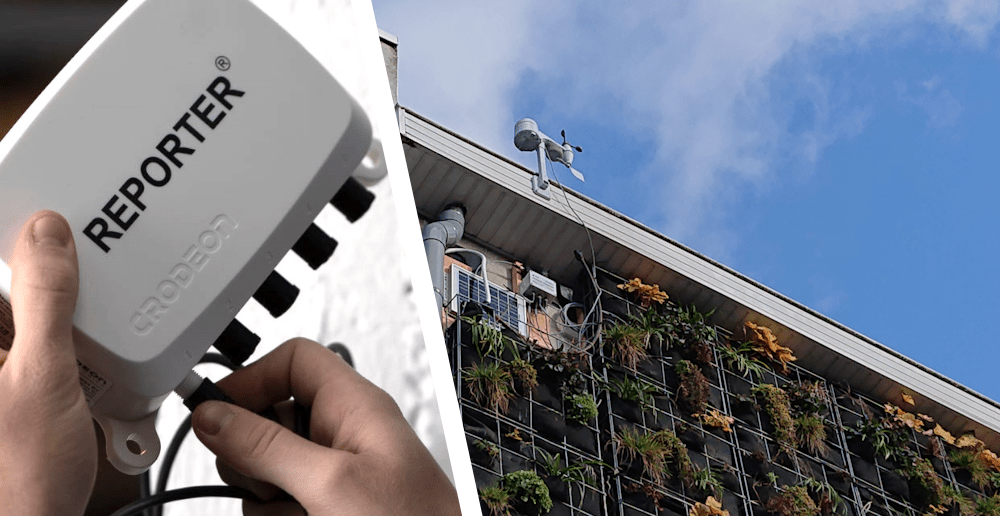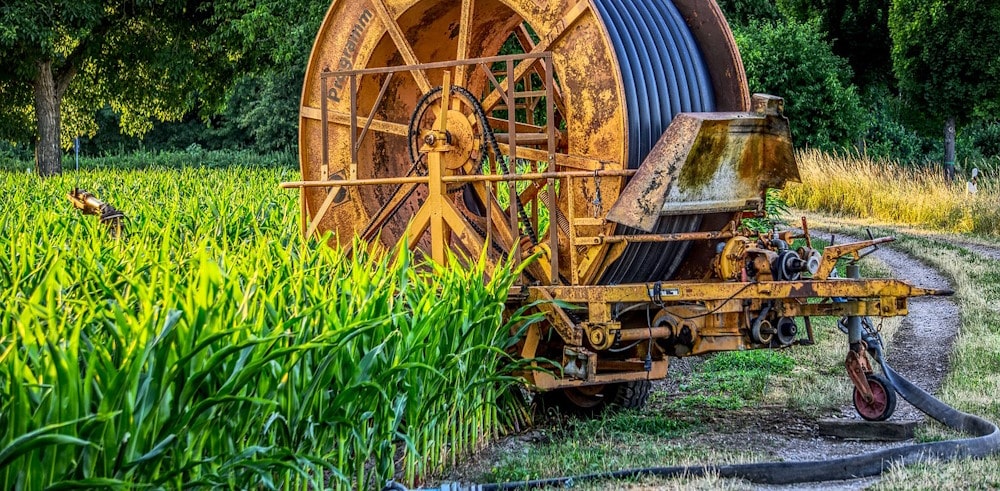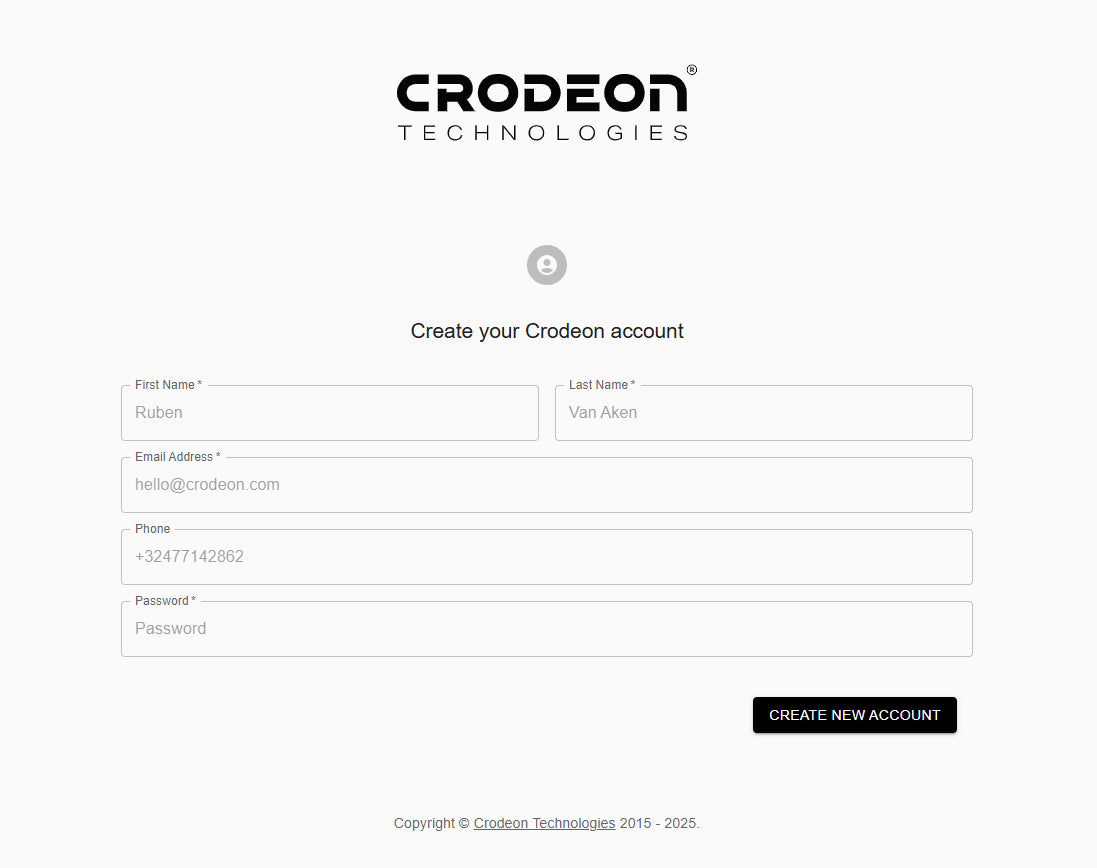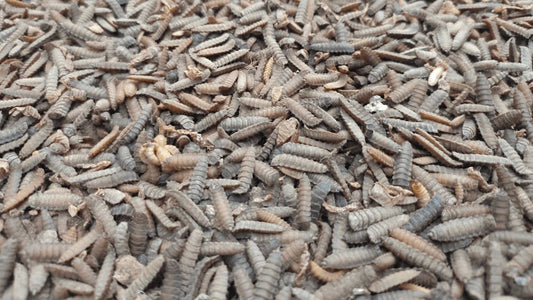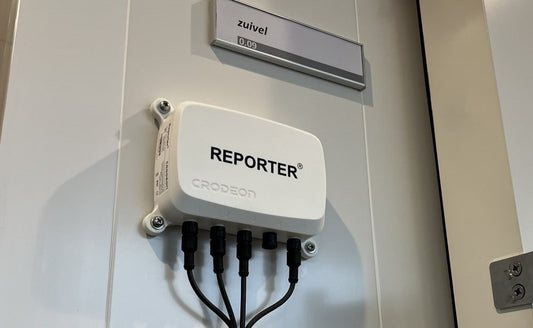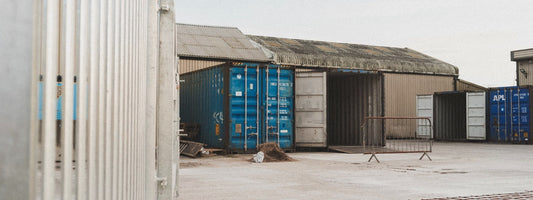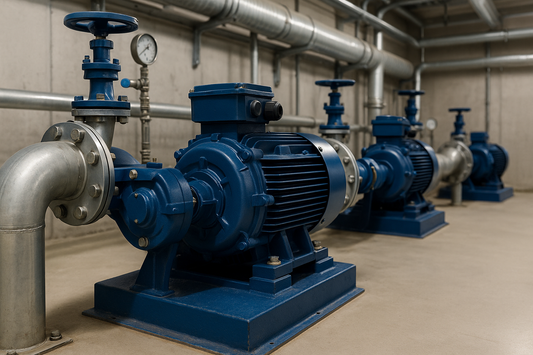Watermark ou SMT100 : teneur en eau volumétrique ou tension hydrique du sol ?
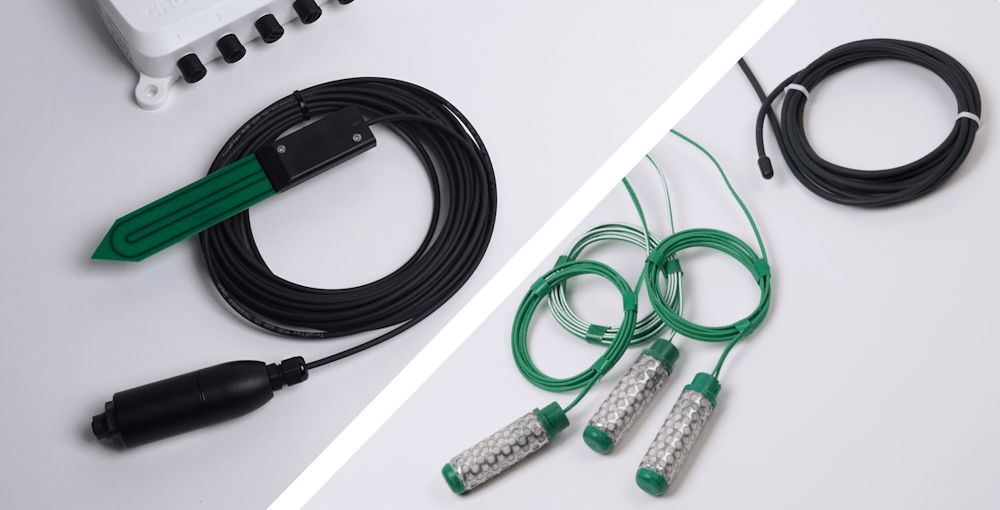
Quel est le meilleur type de capteur d’humidité du sol pour votre projet ? Cela dépend en grande partie de votre type de sol et du but de vos mesures.
Dans cet article, nous comparerons les capteurs Truebner SMT100 et Irrometer Watermark, nous soulignerons leurs principales différences et fournirons des conseils pour démarrer avec chacun.
Comparaison des principes de mesure
Le Truebner SMT100 mesure la teneur en eau volumétrique en pourcentage du volume du sol. Par exemple, si l'on prend 1 litre de terre composé de 0,25 l d'eau, 0,25 l d'air et un demi-litre de matière du sol, le SMT100 indiquera 25 %.
Le capteur Irrometer Watermark, quant à lui, mesure l'effort qu'une plante doit fournir pour extraire l'eau disponible du sol. Les mesures de la tension du sol réalisées par le Watermark sont exprimées en kilopascals. Une valeur plus élevée signifie que le sol est plus sec et que la plante doit faire plus d'efforts pour extraire l'eau du sol.
Lignes directrices sur la tension du sol Watermark
La répartition suivante pour ce capteur de mesure d'eau est utilisée à titre indicatif :
- 0-10 kPa : Sol saturé
- 10-30 kPa : Le sol est suffisamment humide (sauf les sables grossiers, qui commencent déjà ici à perdre de l'eau)
- 30-60 kPa : Limite habituelle pour démarrer l'irrigation (plupart des sols)
- 60-100 kPa : Limite habituelle pour démarrer l'irrigation dans un sol argileux lourd
- 100-200 kPa : Attention. Le sol commence à devenir dangereusement sec pour atteindre une production maximale
Comparaison de la vitesse de réponse
Le capteur Watermark présente l'inconvénient notoire de réagir assez lentement pendant le processus de séchage. Les mesures peuvent parfois être retardées jusqu'à une journée si le sol dans lequel se trouve le capteur s'assèche.
Le SMT100, quant à lui, réagit presque en temps réel.

Compensation de température
Autrefois, l'inconvénient du capteur Watermark était sa dépendance à la température du sol. C'est pourquoi il est très important de mesurer également la température du sol et d'utiliser ensuite cette valeur pour ajuster les mesures du Watermark.
Crodeon résout ce problème en appliquant automatiquement l'étalonnage avec un capteur de température du sol sur l'adaptateur Watermark. Nous utilisons la formule développée par le Dr Clinton C. Shock. Dans cette configuration, le capteur ne dépend donc plus de la température du sol, car la température est automatiquement mesurée et appliquée aux relevés d'humidité du sol.
Le capteur de mesure de l'eau du sol SMT100 n'est pas sensible à la température.
Dépendance au type de sol
Le principal avantage du capteur Watermark est qu'il est indépendant du type de sol, car il mesure la succion réelle ou la tension de l'eau du sol. C’est aussi le principal inconvénient du SMT100 qui nécessite une bonne connaissance du sol de l’utilisateur.
Conseil d'expert : Commencez à mesurer avec le SMT100 au début du printemps pour déterminer la capacité au champ du sol et ainsi obtenir un point de référence pour le reste de la saison.
Plus tard, vous pourrez prendre cette mesure comme indication de la quantité d’eau que le sol peut retenir. Celle-ci peut varier considérablement selon le type de sol. Par exemple, un sol argileux peut retenir beaucoup plus d’eau qu’un sol sableux.
Le choix entre ces deux capteurs de mesure d’eau dépend vraiment de l’endroit où vous souhaitez les utiliser.

Installation des capteurs d'humidité du sol
Un autre facteur à garder à l’esprit lors du choix de votre capteur est la profondeur disponible de votre sol. Les capteurs Watermark nécessitent plus de profondeur tandis que le SMT100 peut également être installé à faible profondeur.
Installation du capteur Watermark
- Le capteur Watermark sera livré préassemblé sur un tuyau PVC de 50 cm pour une installation facile. Le tuyau en PVC protège le câblage lorsqu'il est souterrain.
- Les têtes de capteur Watermark doivent toujours être immergées avant l'installation. Plongez-les sous l’eau jusqu’à ce qu’elles soient complètement mouillées.
- Le capteur Watermark doit toujours être installé verticalement, directement vers le bas.
Téléchargez le guide d'installation pour le placement en profondeur de Watermark.
Pour plus de détails sur la connexion de ces capteurs au cloud, lisez notre article Connecter un capteur Watermark au cloud.


Installation du capteur SMT100
-
Le capteur SMT100 doit toujours être installé horizontalement, avec la zone de mesure verte installée de manière à ce qu'aucune humidité ne puisse s'accumuler sur la surface.
Téléchargez le guide d'installation du SMT100.
Conseil d'expert : Utilisez un capteur SMT100 lorsque vous souhaitez mesurer l'humidité du sol sur des toits verts ou dans des murs végétalisés.
Comparaison rapide
Le tableau suivant donne un aperçu rapide des avantages et des inconvénients des capteurs d'humidité du sol et de leurs deux types de technologies de mesure du sol.
| SMT100 | Watermark | |
| Principe de mesure | Teneur en eau volumétrique | Tension hydrique du sol |
| Sortie de mesure | Pourcentage (% ) | Kilopascal (kPa) |
| Vitesse de réponse | Temps réel | Différé (jusqu'à 24 h) |
| Dépend de la température | Non | Non (grâce au capteur de température du sol intégré) |
| Mesure la température du sol | Oui | Oui |
| Dépend du type de sol | Oui | Non |
| Nombre de points de référence | 1 | 3 |
Il est clair que les deux capteurs présentent des avantages et des inconvénients. En fonction de votre projet, vous devrez choisir le capteur qui correspond le mieux à vos besoins comme faire pousser des cultures ou arroser des myrtilles.
Combiner des capteurs pour une surveillance complète
Comme vous pouvez le constater, chaque capteur présente réellement ses propres avantages et inconvénients. La bonne nouvelle est que les deux capteurs sont compatibles avec Reporter, votre nouvel appareil de surveillance à distance connecté préféré.
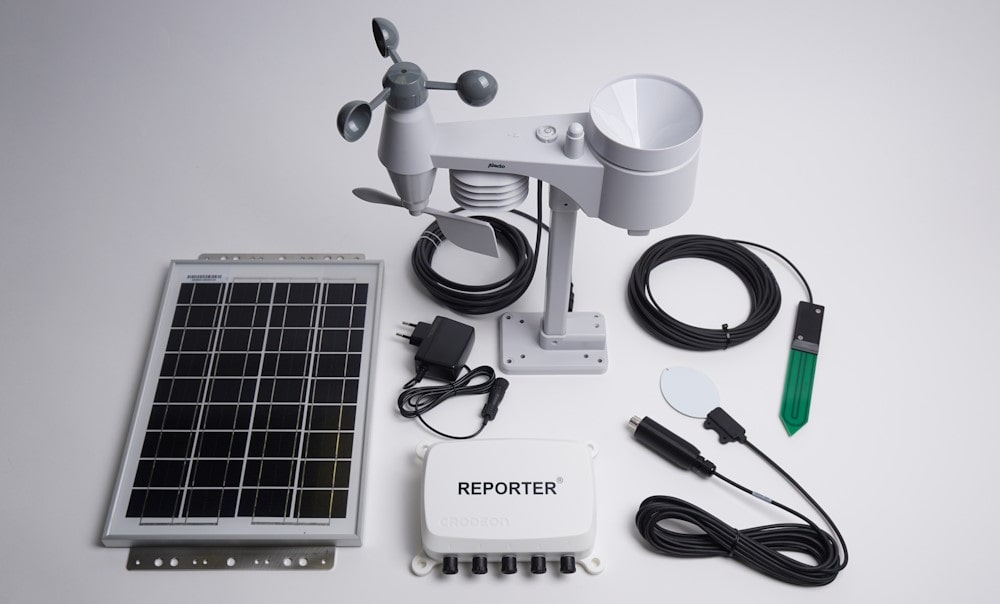
Vous pouvez connecter les deux capteurs de mesure d'eau en même temps. Il est également possible de lire plusieurs capteurs identiques avec un seul appareil. Cela peut même être fait en combinaison avec d'autres capteurs pour mesurer les conditions météorologiques telles que la température, l'humidité, l'humidité des feuilles, le vent ou la pluie (comme illustré ci-dessus dans notre Station météorologique professionnelle).
Ceux qui veulent aller plus loin peuvent, par exemple, mesurer la pression sur une conduite d'eau, mesurer le débit avec un compteur d'eau ou le niveau de la nappe phréatique avec un capteur de niveau. Visitez notre boutique en ligne pour voir tous les capteurs compatibles en plus du capteur Watermark et du SMT100.
Contrôler l’irrigation avec une technologie avancée
Notre technologie permet également de contrôler un système d’irrigation. Nous proposons à cet effet un module de commande avec six connexions relais intégrées. Vous pouvez ainsi démarrer une pompe ou ouvrir une vanne via un PC ou un smartphone en appuyant simplement sur un bouton.

Prêt quand vous l'êtes !
Visitez notre boutique en ligne pour explorer tous les capteurs compatibles et trouver celui qui convient le mieux à vos besoins d'irrigation. N'hésitez pas à nous contacter pour plus d'informations sur les possibilités.

